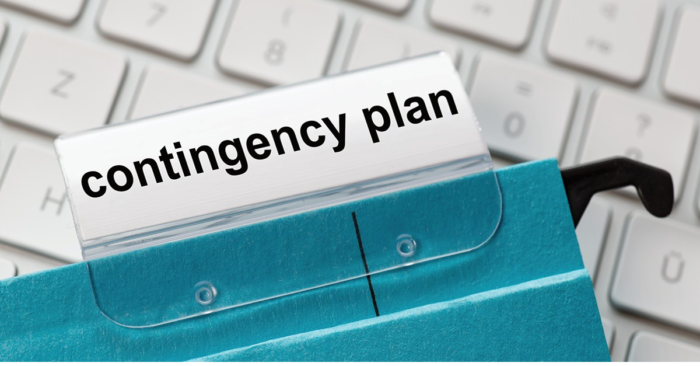Social Media Crisis Communication
Contingency Plan Template

Crisis management
Using social media to communicate with stakeholders during a crisis has proven to be effective due to its speed, reach and direct access. In recent crises, social media has helped distribute command information to key audiences and media, while also providing a means for dialogue among the affected and interested parties safety.
The time to start using social media and building your audience is not in the middle of a crisis. The best course of action during a crisis is to leverage existing social media accounts. If you have a regularly updated channel of communication before a crisis hits, then your audiences will know where to find information online To build credibility, you need to establish a presence on social media platforms before a crisis even occurs.
A large social media following does not happen overnight; be patient and execute your social media strategy. The better you are at providing relevant information and engaging your audience, the faster your following will grow. Establish partnerships with law enforcement, disaster response agencies, hospitals and news outlets, and invite them to participate in crisis response drills. If a real crisis occurs, you can rely on these partnerships to assist you during your response.
During a crisis it is important that you highlight your social media efforts. Make sure the public, media and coordinating agencies are aware of where you will be releasing information. Announcing the details of a release, or directing your audience to a website where they can download the release, gives you the opportunity to have your message heard first and is an effective counter to rumors that can take hold and spread.
Social media moves information quicker than ever, so when a crisis hits, do not wait for a formal press release. When you have solid, approved/cleared information, post it. You can continue to post updated information as it becomes available. Rumors spread faster than ever with social media. Posting accurate information first, and providing subsequent updates, builds credibility and puts your message at the forefront of your audience’s mind.
Use search engines and other monitoring tools to track discussions on various topics. Google and other search engines have systems you can set up that email you news reports on particular topics. There are also websites that track hashtags, create usage reports and provide snapshots of current social media posts. Understanding where conversations are originating and the overall sentiment on social media is critical to the strategies and tactics you may use in crisis communications.
Be prepared to engage and answer your audience’s questions. Anticipate likely questions the public may have and prepare responses ahead of time. Research current government and corporate crisis communication efforts and how
Share critical information with a network of trusted social media sites, such as other U.S. Army command sites, government and official non-governmental sites like the American Red Cross. The social media community is large and it is possible to reach a lot of people through an extended network in the social media space.
Once the crisis is over, analyze what happened. Evaluate metrics and track audience feedback. It is important to evaluate how a social media account performs during a crisis so adjustments can be made for the future.